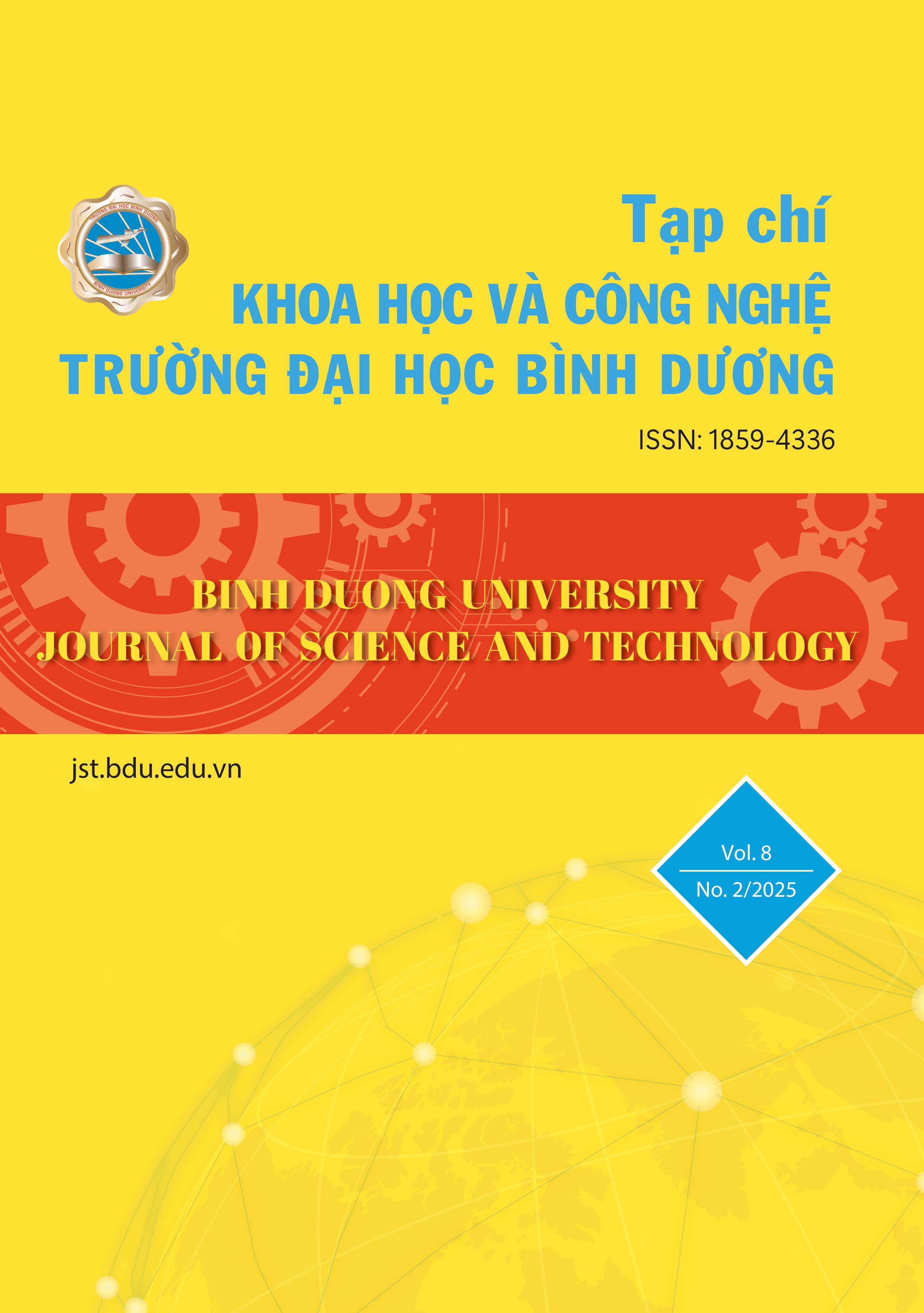Factors affecting the financial performance of Vietnamese joint-stock commercial banks
DOI:
https://doi.org/10.56097/binhduonguniversityjournalofscienceandtechnology.v8i2.310Keywords:
Biên lãi ròng; Hiệu quả tài chính; Hiệu quả hoạt động; Lợi nhuận ngân hàngAbstract
This study examines the factors affecting the financial performance of commercial banks
in Vietnam during the period 2015–2023. By combining macroeconomic variables and bankspecific variables, the study employs multiple regression models to explore their impact on financial
indicators such as ROA, ROE, and NIM. The results show that the debt-to-equity ratio has a positive
impact on ROA and NIM, indicating that financial leverage helps banks increase profitability.
However, this ratio is not significant for ROE. Bank size also has a significantly positive effect on
ROA, ROE, and NIM, confirming that larger banks can better optimize their resources. Conversely,
the non-performing loan ratio has a strong negative impact on ROA and ROE, while it does not
significantly affect NIM. This suggests that bad debts reduce banks' profitability but have little
impact on the net interest margin. Finally, bank age has a negative but insignificant impact on ROA
and NIM, indicating that older banks may face challenges in innovation and performance
optimization. Macroeconomic factors such as GDP and inflation are not statistically significant in
any of the three models, suggesting that they do not have a substantial impact on the financial
performance of banks during the study period.






